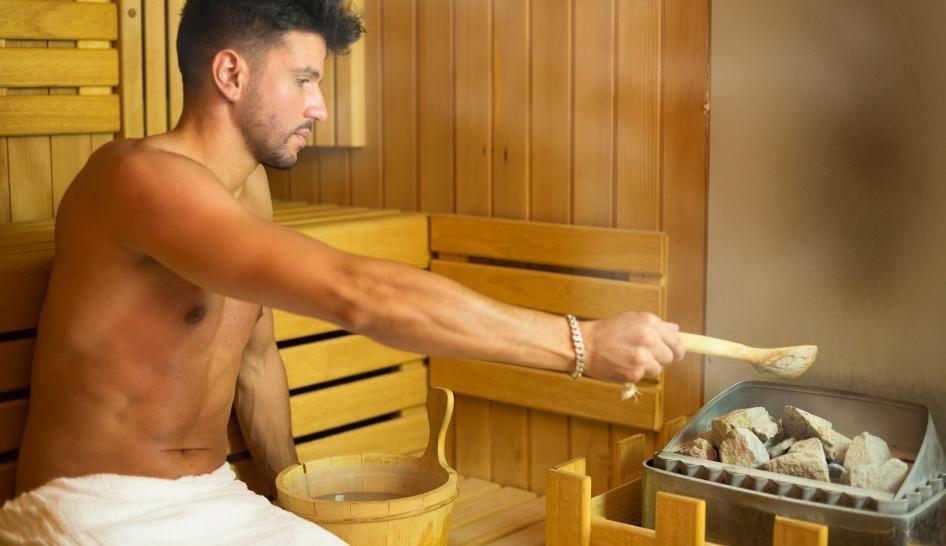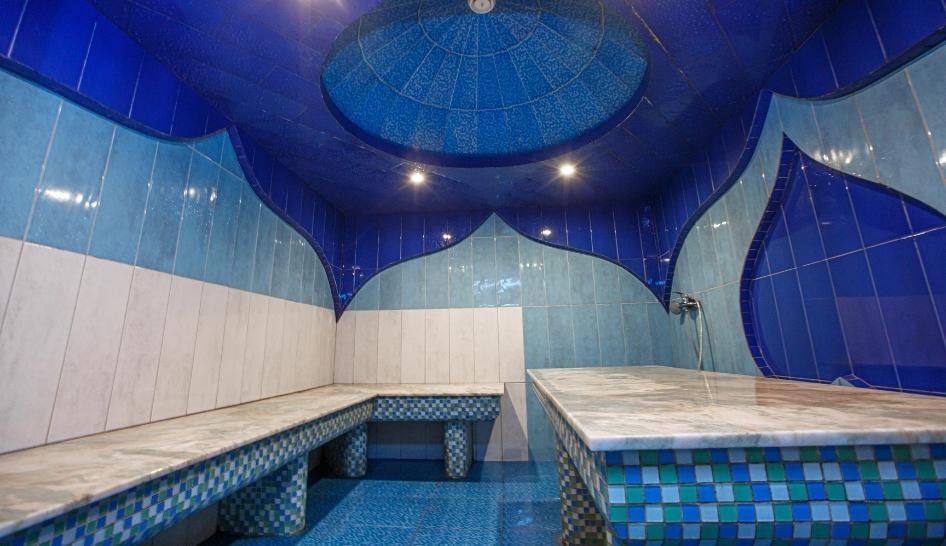Jari Ristola, president of ThermaSol, and Paul Hackett, a chartered safety & health practitioner, OSHCR registered consultant, and a member of the IHRSA-led experts group who developed the key considerations and risk assessment tools to help clubs reopen and stay open, contributed to this article.
Adding a sauna or steam room to your fitness facility can help differentiate your business from your competitors and be a fantastic member benefit! Saunas and steam rooms have been around for centuries and are popular in many cultures and countries. While providing essential relaxation and recovery after a workout, saunas and steam rooms also provide some health benefits, including:
Clearing congestion,
Improving skin health,
Improving heart health,
Lowering blood pressure,
Improving circulation,
Lowering joint stiffness, and more.
You will need to follow best practices when designing, constructing, cleaning, and maintaining your sauna or steam room. And, of course, follow the appropriate temperature guidelines.
This article is one in a series of 28 Best Practice Guidelines for Operating a Fitness Facility.
Best Practices for Operating and Maintaining a Sauna
We’ve divided these guidelines into two parts and will first discuss saunas. When it comes to saunas, there are five essential best practices:
Follow Temperature Guidelines
Ensure an Efficient Design for Your Sauna
Choose the Right Materials
Pay Attention to the Heating Elements
Follow Proper Cleaning and Maintenance Protocols
Follow Temperature Guidelines
1. Follow all local and national health guidelines for temperature range, typically 165-203 degrees Fahrenheit/74-95 degrees Celsius—there are varied recommendations internationally, hence the wide differential.
Ensure an Efficient Design for Your Sauna
2. Ensure adequate insulation—i.e., absolute minimum of R12 for walls and R16 for ceilings. In some countries, much higher minimum levels of insulation are required by law.
3. Design for energy efficiency with an optimal ceiling height of 84 inches/213 centimeters, not to exceed 96 inches/244 centimeters. Lower ceiling heights save energy and heat the room faster.
4. Install two vents for airflow, one 4 inches/10 centimeters off the floor behind the heater and a second vent 6 inches/15 centimeters from the ceiling on any of the other walls.



